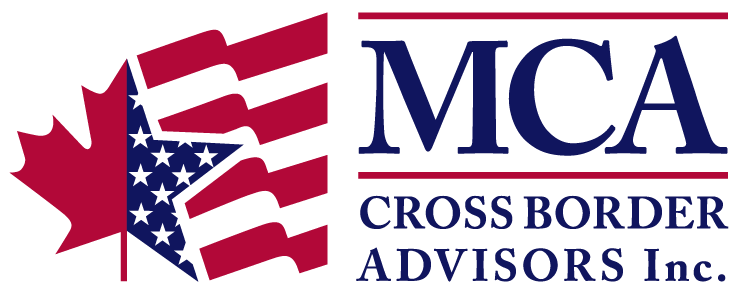A major concern for most individuals facing retirement is whether they will have enough money to maintain their current lifestyle. Some Canadians fear that they may run out of money altogether. For those who already have a plan, moving to a new jurisdiction changes everything. A new set of laws, tax rates and expenses can throw even the most solid Canadian retirement plan into question.
One of the major questions retirees have when moving from Canada to the U.S. is what to do with their RRSP. Many Canadians who move to the U.S. simply maintain their RRSPs in Canada; however this may result in a missed opportunity to reduce the tax on the RRSP as you are now a U.S. resident. Non-residents of Canada enjoy a special advantage created by the Canada-U.S.
Canadian Residents Moving to USA
Tax Treaty: they can withdraw their RRSP at a tax rate of just 25%. With proper cross border tax and retirement planning, the tax rate may be lowered to 15% on withdrawal. This is a far cry from the 47–54% most high net-worth Canadians pay when they collapse their RRSPs in retirement, as Canadian residents.
A cross border retirement analysis is a key pillar in the cross border financial plan. This analysis includes factoring in all projected income and expenses in retirement, creating an appropriate asset allocation as well as running thousands of simulations of how markets may perform over the next 20 – 30 years.
The results of this analysis will illuminate whether or not a client is on track to meet his/her retirement goals. If clients are not on track it is important to discuss what adjustments need to be made before it is too late to meet retirement goals.
